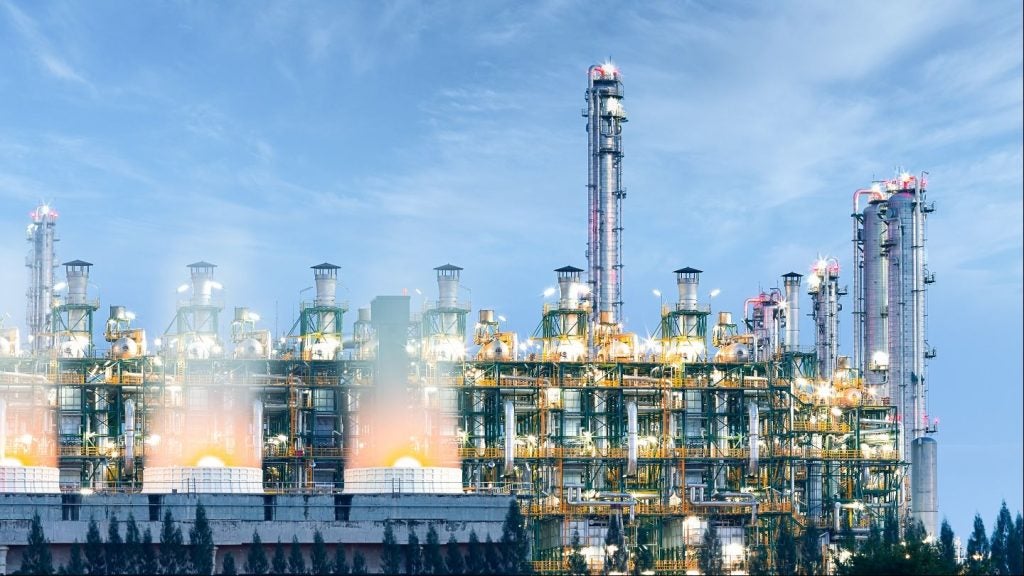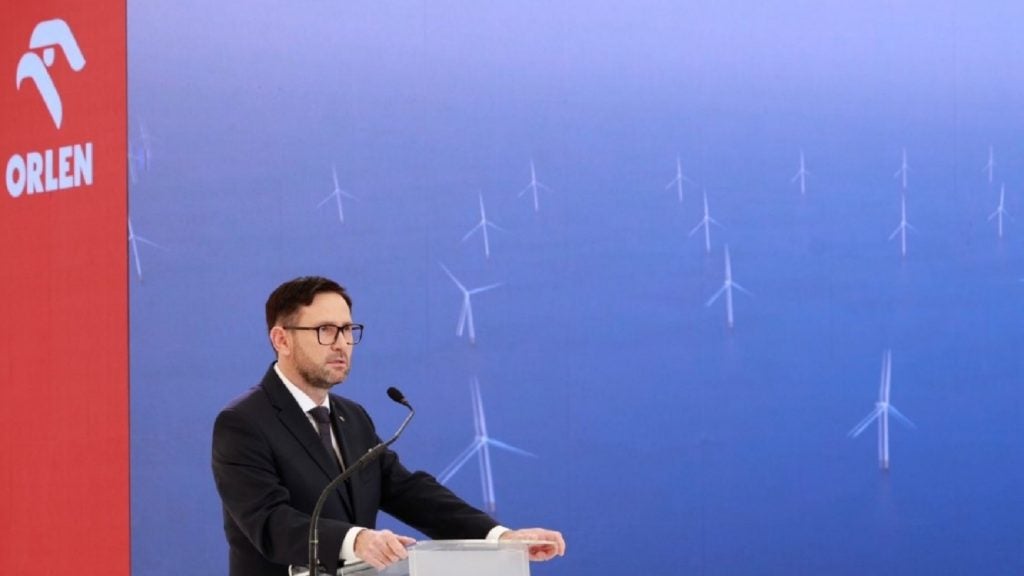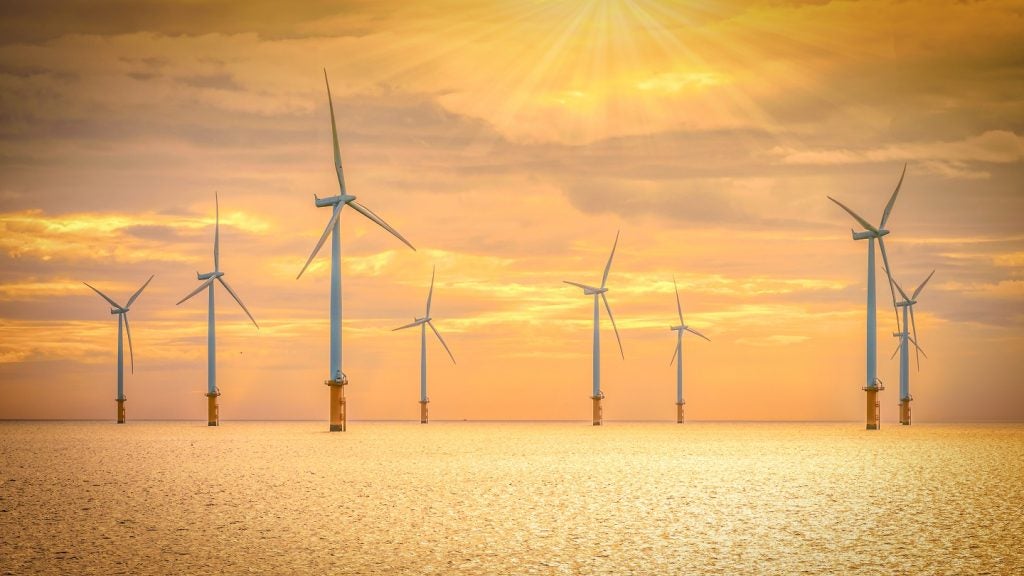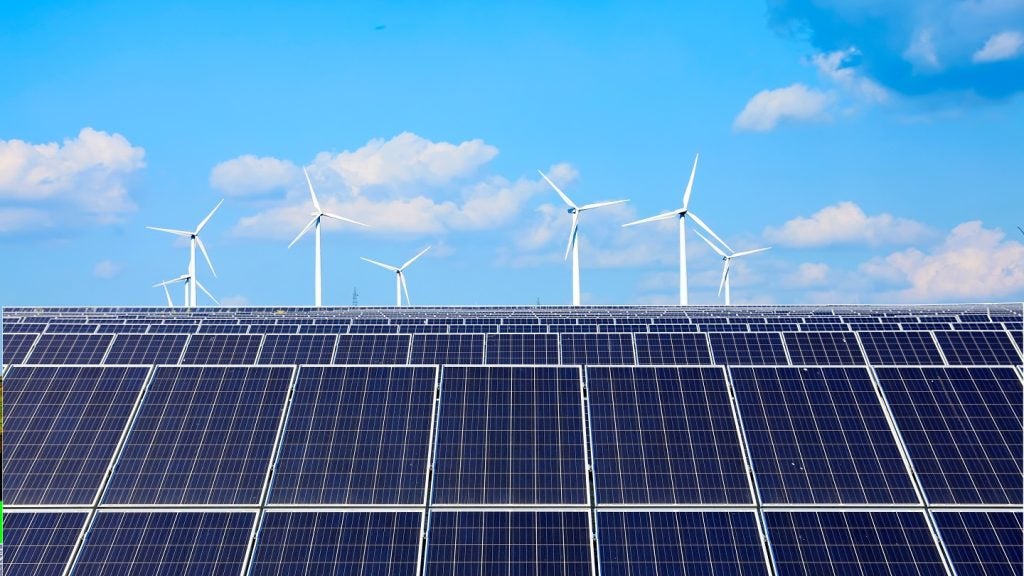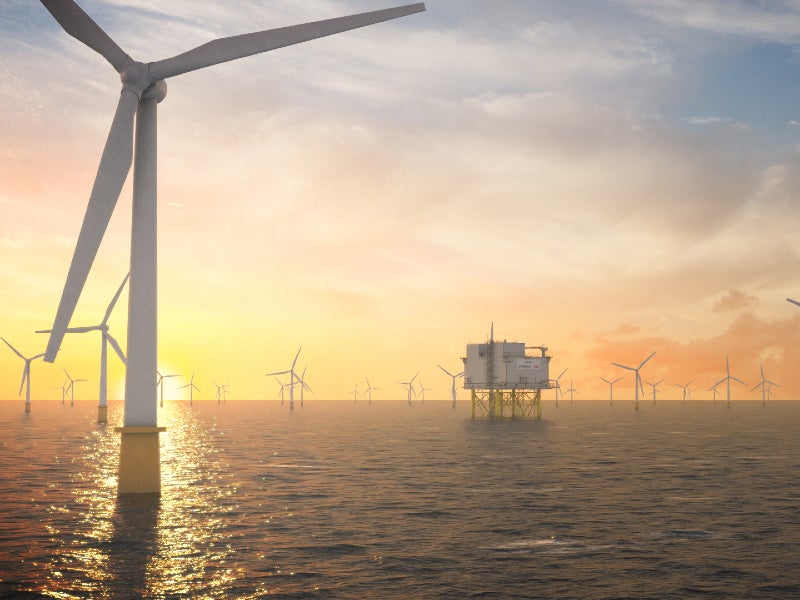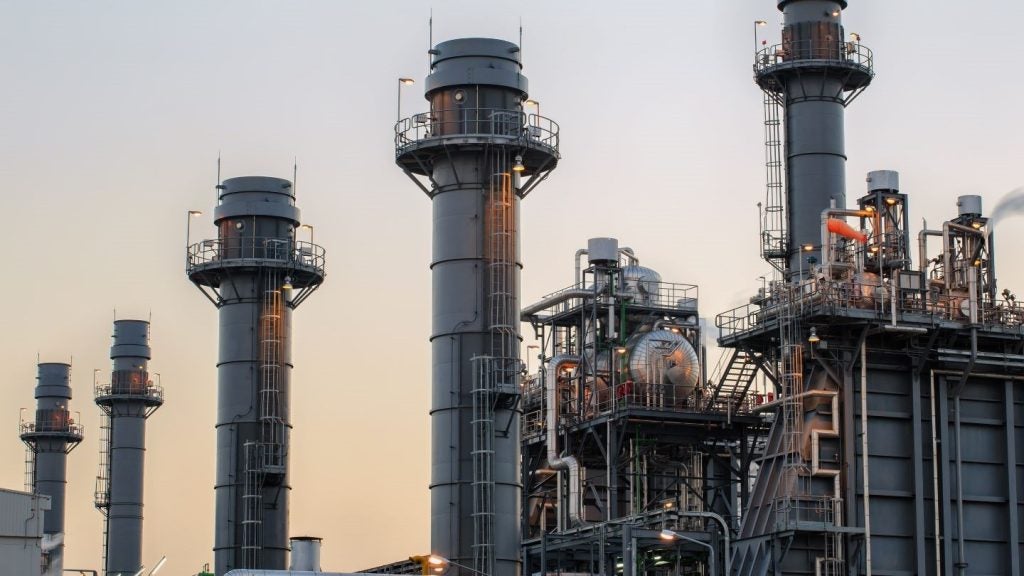GE Vernova and Chinese equipment manufacturer Harbin Electric (HE) have secured orders from the Chinese State Development and Investment Corporation (SDIC) for a 1.7GW power plant in Zhejiang province.
GE Vernova’s gas power business will supply two GE 9HA.02 gas turbines for a new combined cycle power plant in the Zhoushan archipelago.
The first unit at the plant will begin operations by the end of 2025 and use up to 10% green hydrogen blended with natural gas.
The two HA gas turbines can be quickly turned on when the wind is not blowing or the sun is not shining. This swift responsiveness will support the growth of renewables and meet the growing demand for electricity from Zhoushan's power grid.
The plant's use of natural gas also supports decarbonisation, as the fuel produces lower CO₂ emissions than other fossil fuels. The switch from coal allows Zhoushan to reduce its CO₂ emissions by 60%. The electricity it generates would have previously been produced by burning 1.35 million tonnes of coal annually.
GE Gas Power China heavy-duty gas turbine sales general manager Ma Jun stated: “We applaud SDIC’s commitment and investment in this project. GE is honoured to supply SDIC with our most advanced 9HA gas turbines as part of our long-term strategic cooperation with Harbin Electric.
“The 9HA.02 DLN2.6e combustion system is designed to operate on up to 50% hydrogen by volume, well above the plant’s initial goal to operate on up to 10% hydrogen, offering a future pathway to SDIC for even lower carbon-emitting operations in the future.”
SDIC Jineng Gas Power Generation general manager Tan Peidong stated: “GE Vernova and Harbin Electric will provide us with the highest standard of quality and reliability for our Zhoushan power plant with GE’s latest and most advanced gas turbine technology driving the way for reliable, affordable and lower-carbon electricity for the area.
“We ordered GE’s H-Class technology for its ability to generate significant electrical output in a flexible and efficient way – crucial for the development of the maritime cluster – while helping to ensure the reliability of supply in the 130 urbanised islands of the archipelago.”


